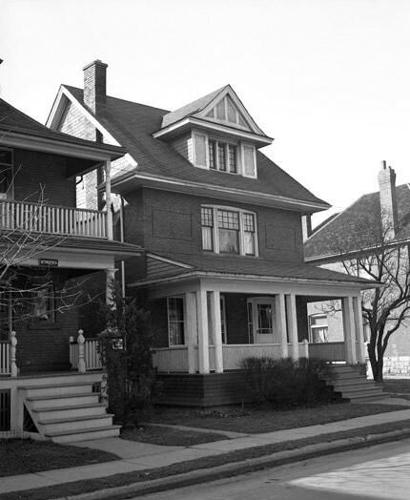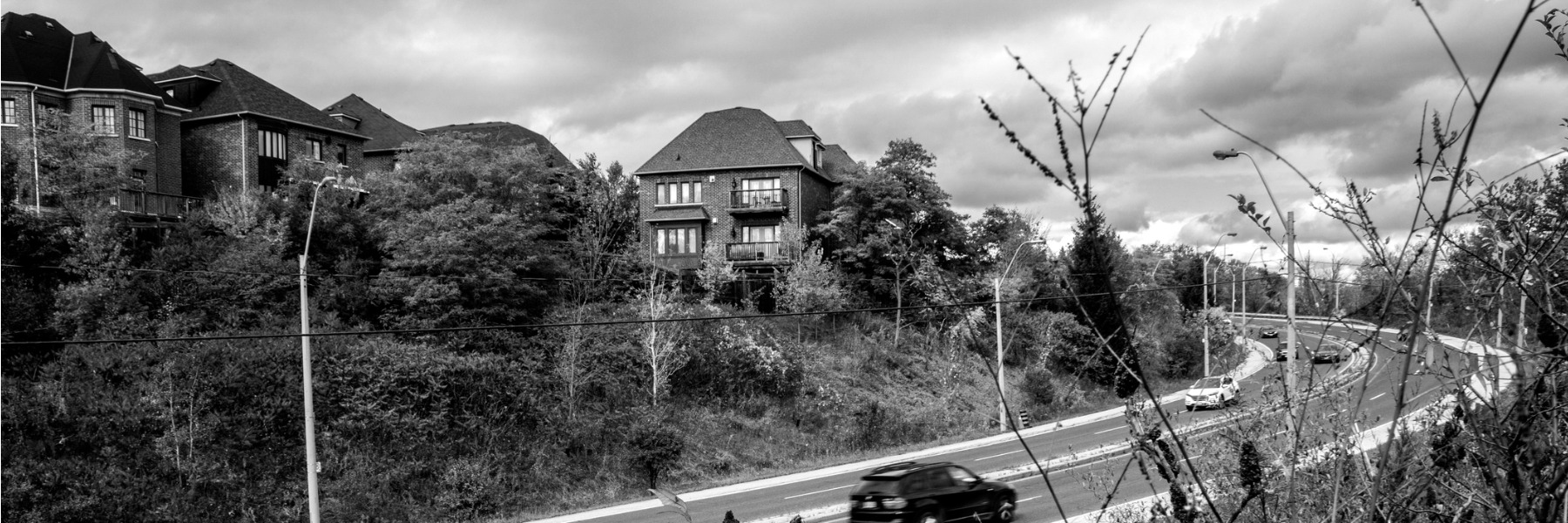When the value of a house is affected by a history of murder, suicide, ghosts, or hauntings, it is generally referred to as stigmatized, explains Bob Aaron.

Evelyn Dick's home at 32 Carrick Avenue, in Hamilton - Hamilton Spectator
One of Ontario’s most notorious murder cases centred on this house at 23 Carrick Ave. in Hamilton, Ont.
With Hallowe’en coming up next week, I was reminded of this famous house once owned by Evelyn Dick who was the central figure in one of Canada’s most grisly murder cases.
Evelyn met John Dick in the summer of 1945, and although he was 15 years her senior, they married in October of the same year. Their marriage was stormy, and she deserted him the following March to live with another man.

John Dick was the victim of the murder. - Hamilton Spectator
John Dick was last seen alive on March 6, 1946. Ten days later some children hiking on Hamilton mountain found his headless and limbless torso. It had two gunshot wounds to the chest.
The police took Evelyn in for questioning, and during a search of her house on Carrick Ave. they found a suitcase containing the concrete-encased body of her infant son. In the furnace, they also found the charred remains of her husband’s head and limbs.
Evelyn was charged with his murder, convicted and sentenced to hang. She retained the famous criminal lawyer John J. Robinette to appeal her case. The Ontario Court of Appeal ordered a new trial, and she was ultimately acquitted as the evidence against her was mainly circumstantial.
She was also tried and convicted of manslaughter in the murder of her baby and sentenced to life in prison. She served 11 years, was paroled in 1958, given a new identity and disappeared from public view. She was pardoned in 1985.

Evelyn Dick, after the first day of her trial on a charge of murdering her husband, John Dick, emerging from the court house. - Hamilton Spectator
In August, 1947, the Carrick Ave. house was sold to an investor who flipped it for a profit two months later. It was bought by the current owners in September 1991, for $138,900.
In the real estate field, when the value of a house might be affected by a history of murder, suicide, ghosts, hauntings or other unexplained happenings, it is referred to as stigmatized or psychologically impacted, even if there are no scientific grounds for this belief.
Some homebuyers might be concerned about the history of such a house, either from fear or believing that its value could be reduced. Others would not.
Whether or not there is a time limit on disclosure is an open question. The house at 169 Walmer Rd. in Toronto achieved some notoriety in 1915 when Bert Massey, grandson of Hart Massey of the Massey manufacturing company, was shot and killed by his 18-year-old housemaid on the front steps. Ultimately, she was acquitted by a jury.
Personally, I wouldn’t live in any house with this kind of history. Would you?
Image credit: iStock/Getty Image
Bob Aaron is Toronto real estate lawyer. His column appears on this blog, Move Smartly, and in The Toronto Star. You can follow Bob on Twitter @bobaaron2 and at his website aaron.ca.
October 31, 2023
Legal |



